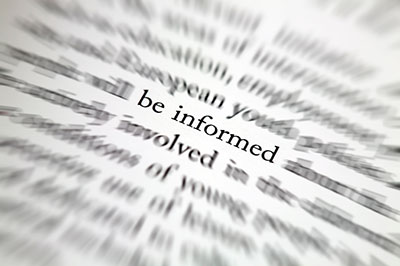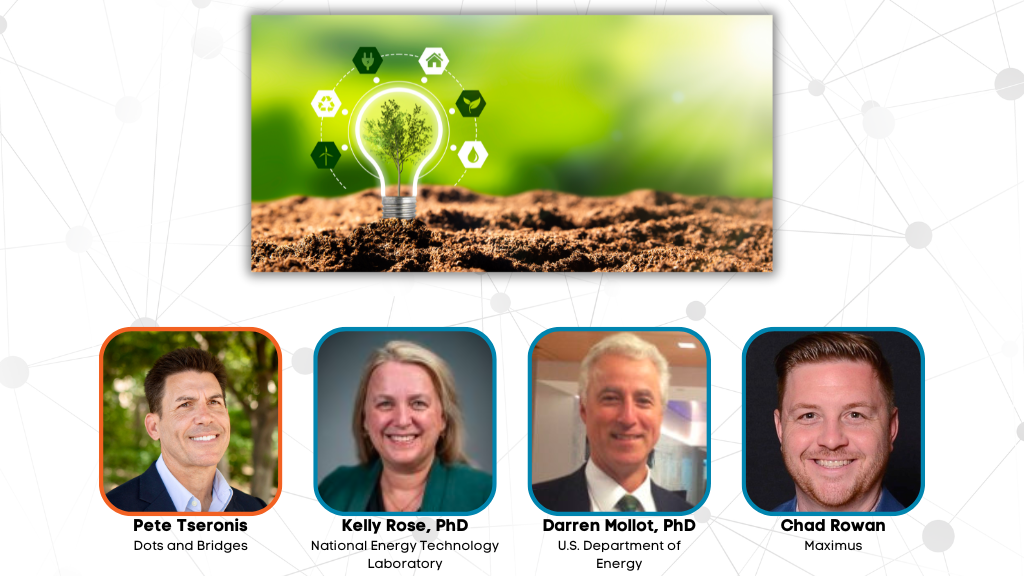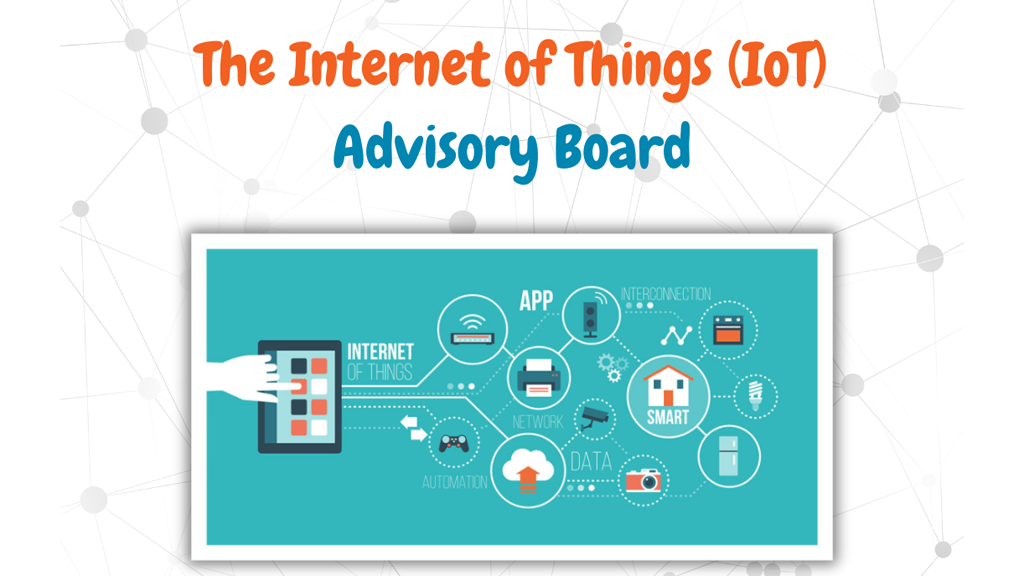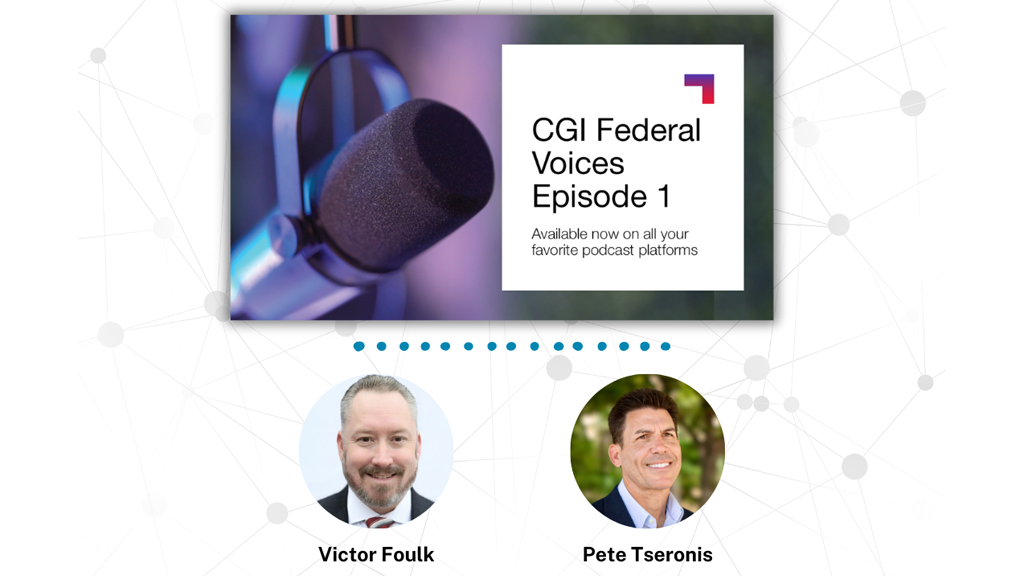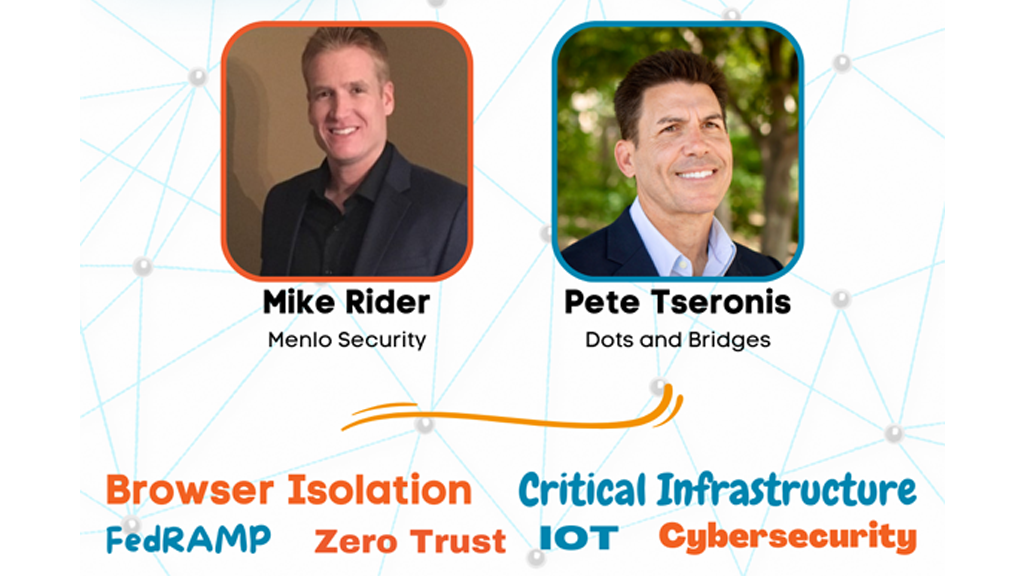Today was a great day!
I kicked off my Dots and Bridges CXO Roundtable Series, and it was met with sincere support and appreciation among colleagues within the public and private sectors.
Thought leaders, problem solvers, and innovators from government (Intelligence, NASA, HHS, DOE, GSA, NIST), financial, academic, legal, and commercial domains coalesced to embrace Open Government, share information on cyber risks/opportunities, and celebrate inventive entrepreneurship.
Respecting the Chatham House Rule, we addressed how the burgeoning market for advanced analytics and threat intelligence will prepare organizations for the evolving IoT marketplace, and specifically, the innovation necessary to secure our nation’s critical infrastructure.
Collectively, however, this morning’s Coalition of the Willing did not derail into a compliance-focused, glass-half-empty dialogue. Instead, what organically grew out of the conversation was an acceptance that the natural tension existing among buyers and sellers of IT is key to crystallizing value proposition aligned to business mission requirements (PS: See my post on “How to Sell to Uncle Sam“).
For two hours, each of the twelve amazingly talented and passionate visionaries shared experiences, pain points, and suggestions on how to balance the desire for modern information and communication technologies with respecting the fact that said solutions also create new threats. We touched on myriad challenges (excuses) ranging from culture to procurement to regulation to policy to budget, i.e. the usual suspects that tend to stifle out-of-the-box thinking.
Takeaways:
- No technology is a silver bullet. The goal is to leverage existing investments with disruptive solutions and maximize potential in a heterogeneous IoT landscape.
- Compliance is necessary for innovation. The ultimate goal is to align mission needs with technology promise.
- Risk appetite varies from business to business and sector to sector. Addressing risk with the C-Suite and system operators in the same room is paramount.
- The human value chain is equally as important as the technology supply chain. Storytelling how an IT investment can mitigate risk and drive revenue is a unique skill.
- The private sector is quite familiar with public sector IT challenges. Trusting that snake oil is not being sold is a step in the right direction.
- Safeguarding data assets via the cloud will spawn enriched insights. Information assets are the currency within the IoT.
- The federal government loves to buy but not be sold to.
As a former federal executive that spent 25 years serving the public sector, I am carrying on my passion for collective insights intended to accelerate the transfer of promising technologies toward broad economic impact.
Today was indeed a great day of dot-connecting and bridge-building.

